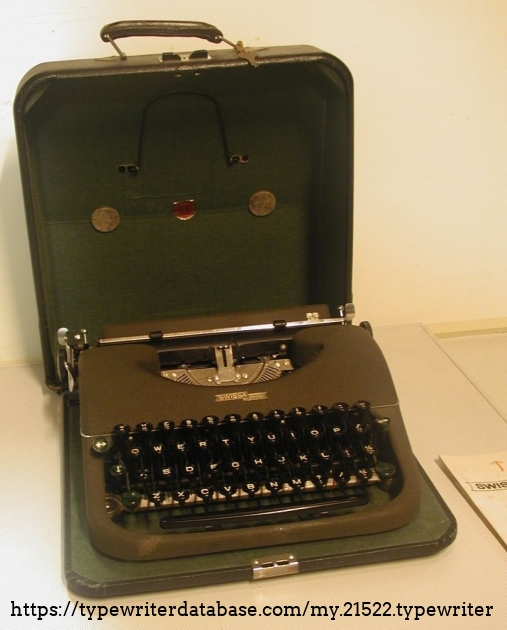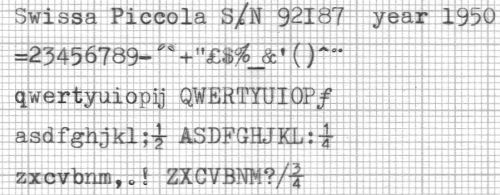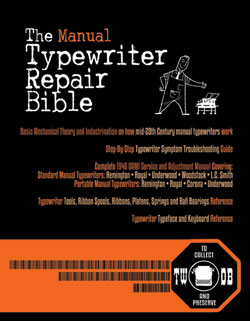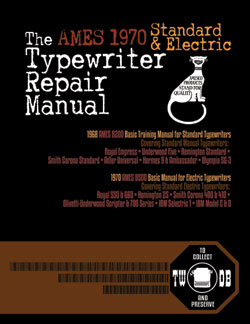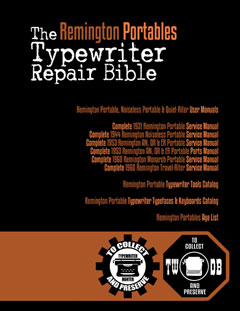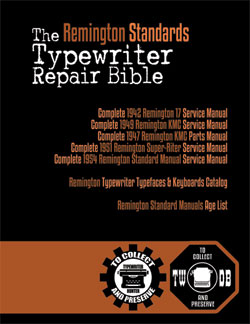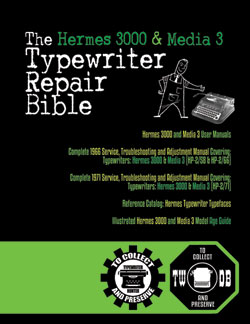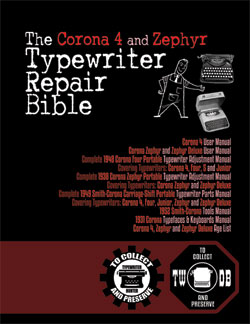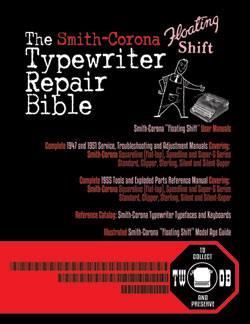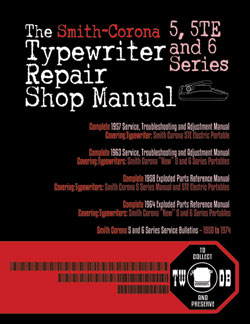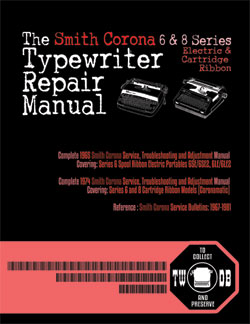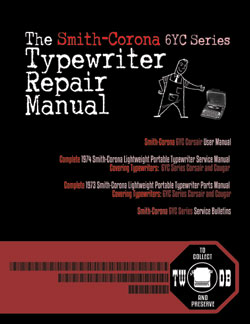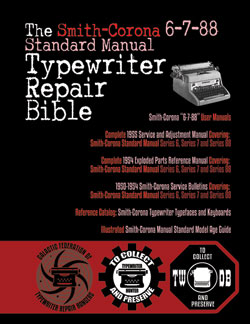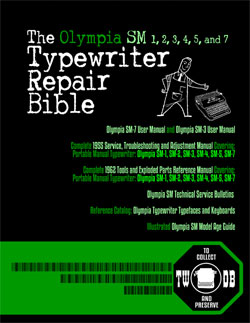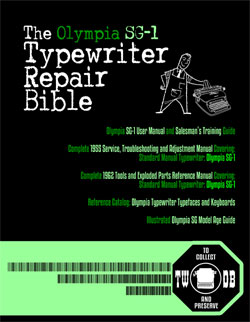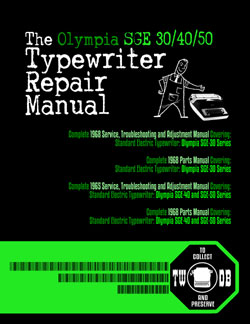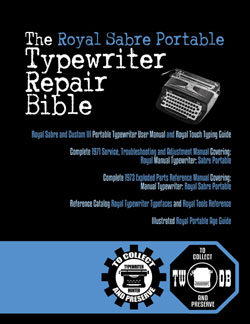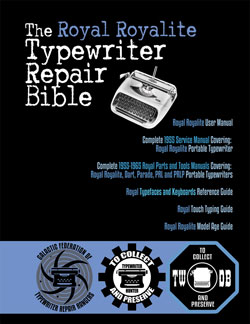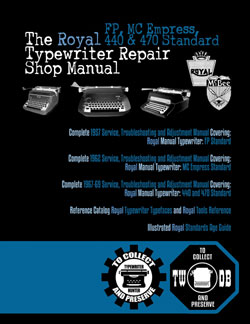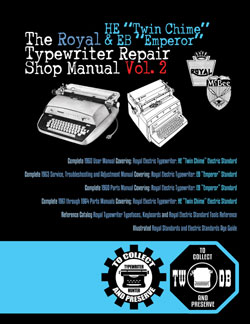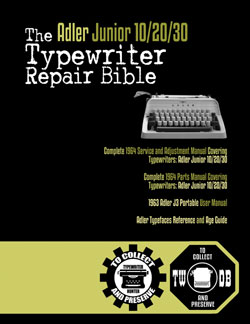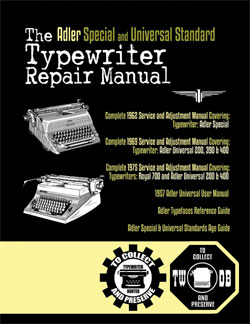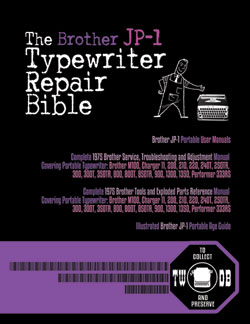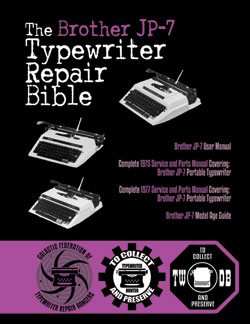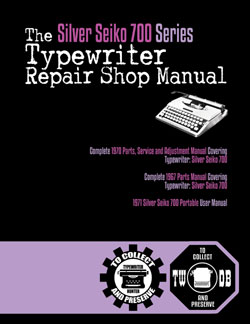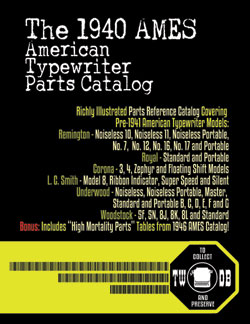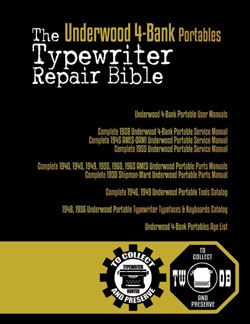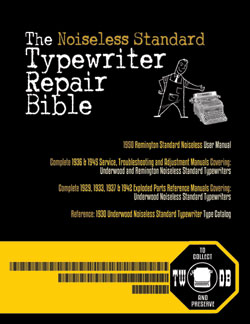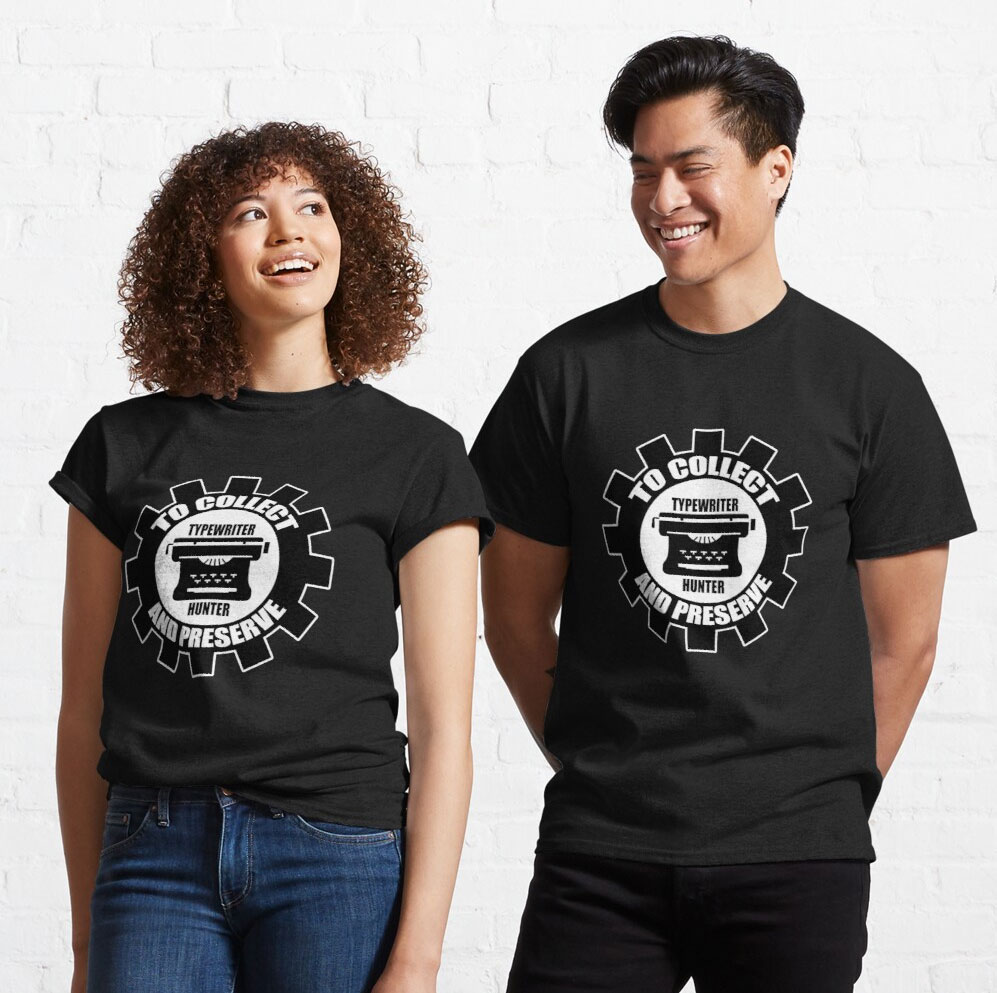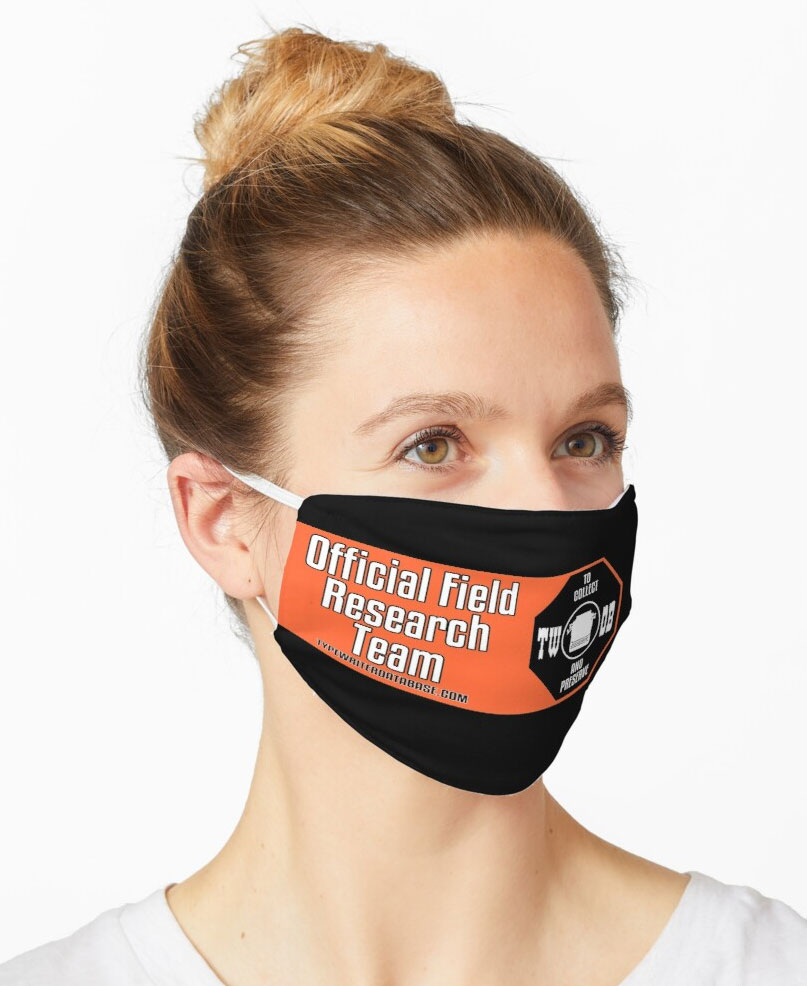The Swissa Picola is a high quality machine. It is a clear design and well built.
There was a rubbing feeling and sound when pressing a key ( the Q-key even got stuck). All keys-levers run through slots in a comb-like metal plate These slots showed some rust. With some grease (yes, removed after the cure) the sound is gone and the key action was nimble.
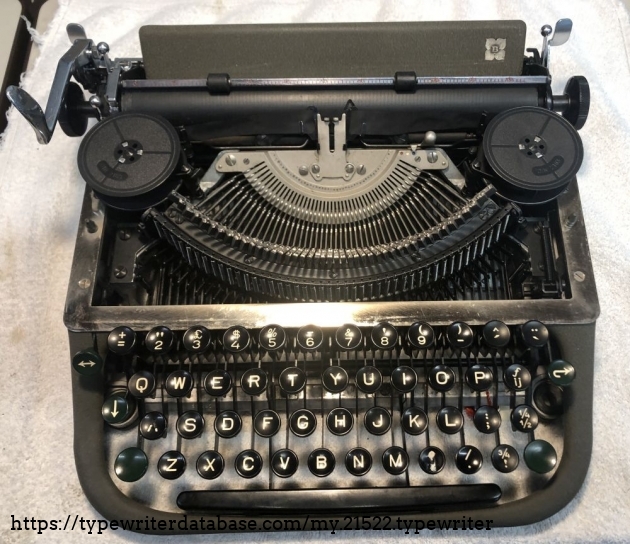
front view, with stainless rim lining
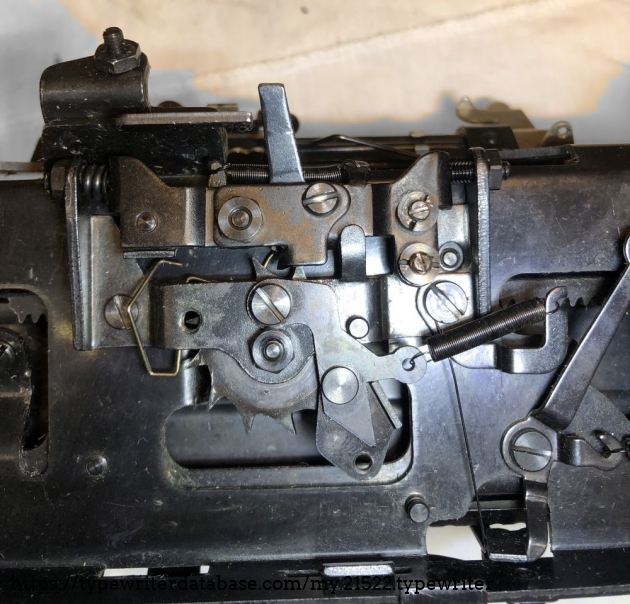
why I disassembled the machine?
I thought that the spring wire, visible in this photo was OK, I thought is damaged
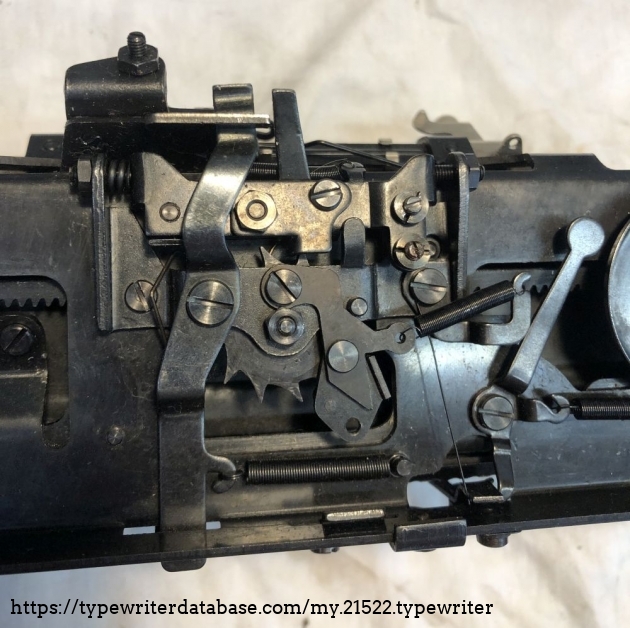
another photo of the escapement and the wire spring. The wire had an accident, don't you agree?
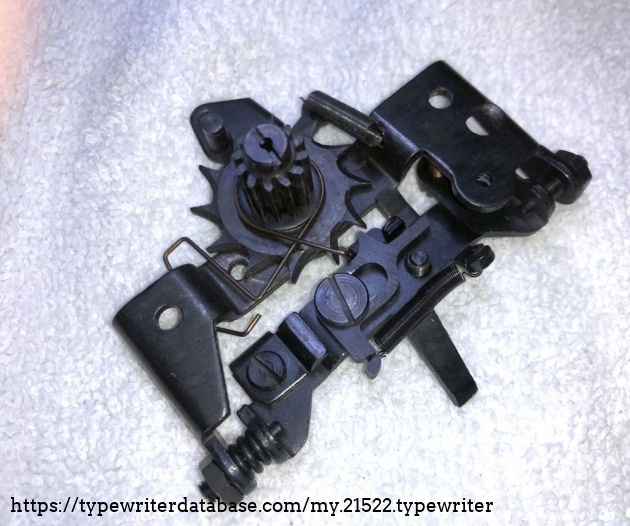
The escapement module on its own.
The wire spring is okay as it is! Its shape may suggest differently, but this is its natural shape. It is essential in the backspace action.
Will be continued later. Today is 25-10-2023
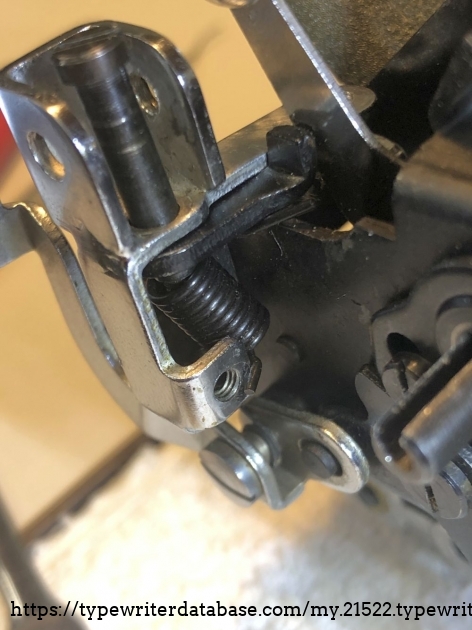
The spring of the CR lever is another nightmare to assemble. Put the spring in the cavity, mind the lower end and push the bolt home.
Home is the next photograph.
And there was no need for dismantling that area.
If I remember well, I did not find a way to take the platen out, and gave up.
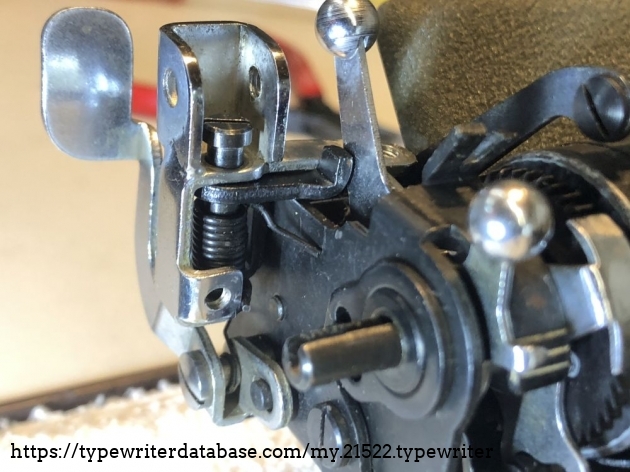
the return spring in place.
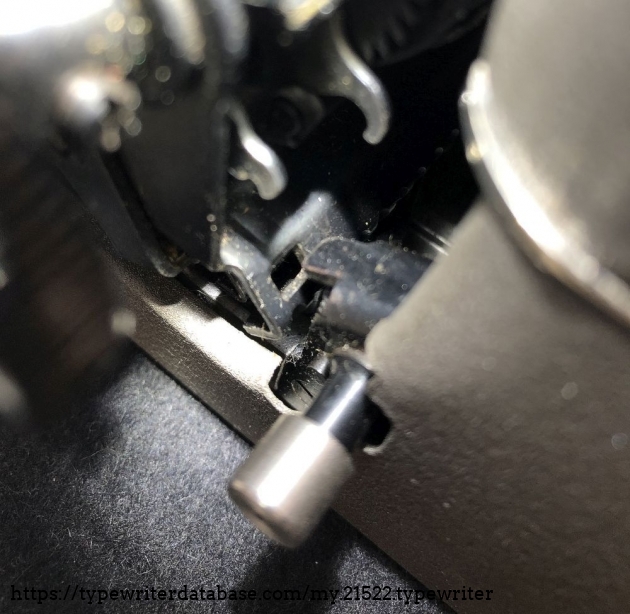
The carriage lock is not an ergonomic design. You need to position the carriage, thus the square hole in front of the little hook. Whit your left hand, you pull the knob to the left and push the knob away from you into the square hole. You will not succeed. You need to lift the carriage a little bit for the hook to dive in in the hole. Using the caps-key to lift the carriage may result in the lock pin being under the carriage.
You may think you locked the carriage but the lock pin may be left of the carriage, if that is too far to the right.
Oh well. It is a nice machine.
This photo is from another machine that needed a new knob
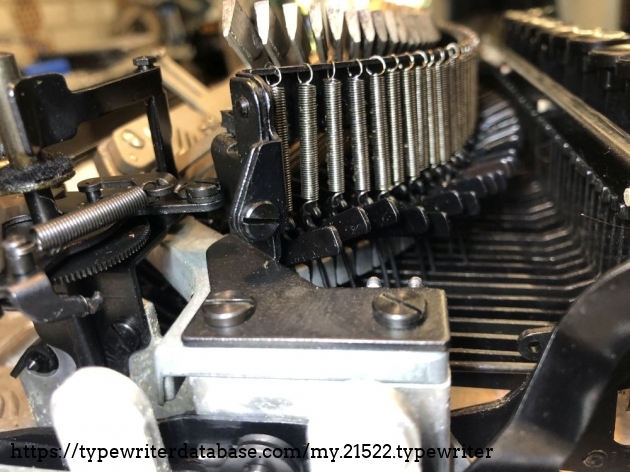
type arm return springs. YOu see the eys to the right, the types top middle and the ribbon transport to the right.
The springs pull upwards, the wires pull downwards since they are connected to the (very long) key-levers. The keys hve an almost vertical stroke.
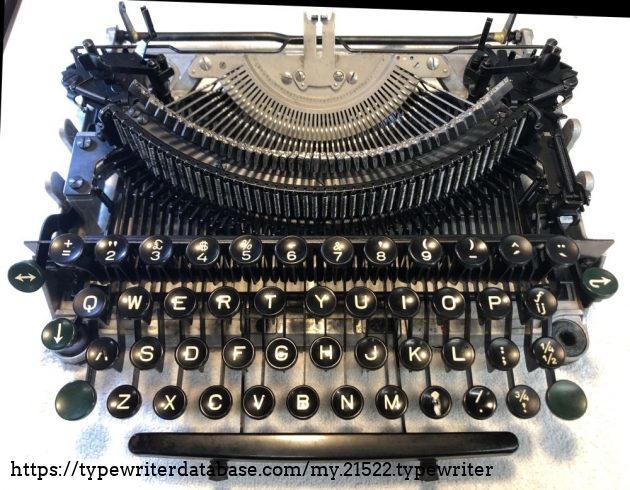
skinny typewriter, no carriage
All keys run through slots in a metal plate at the front, just below the upper bank of keys
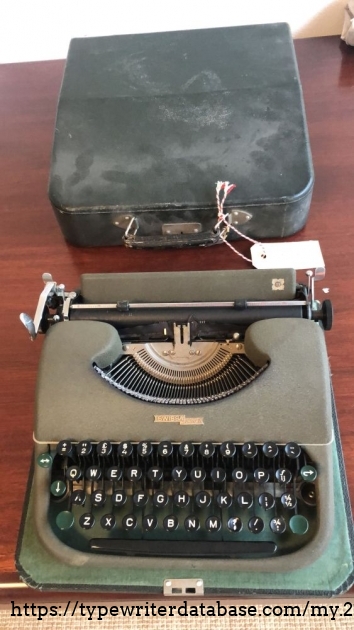
straight from my attic, dust and all

I expected the carriage to be easily removable from the base.
Loosen two screwhead at each side and it comes of! A real modular design, as in other premium brands>
Not so. There are other screws hiding under the carriage. I did not manage to remove the platen roller.
Also visible are the joints (bolts with a bearing surface) where the carriage-assembly is coupled to the aft-side of the four-bar-linkage
The complete carriage module can be removed by disassembling the pivot points of the four-bar-linkage that carries the carriage-assembly. After that, there are a further three push-pull-rods that need to be disconnected. Disconnecting them is a hell of a job, connecting them is even worse. Even with pictures taken before disconnecting them, showing the shape and the position of both ends of each rod.
Still, it is a lovely machine.
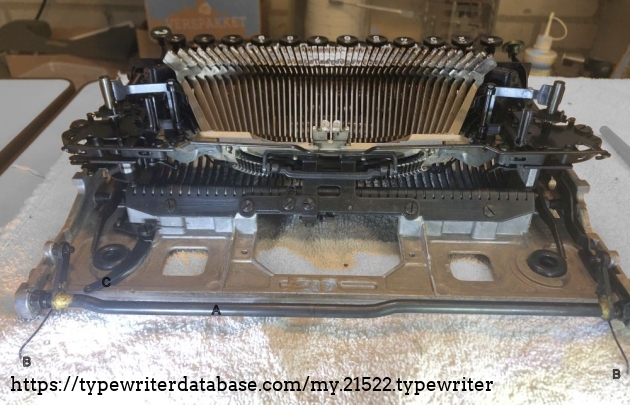
view without carriage
To the left and the right, the bar A pivots in the frame. It has a soldered on lever at each end. These levers carry the carriage assembly via a bearing This is hall of thee four-bar-linkage.
The coil springs B lay free now, they push up the carriage-assenbly and compensate for part of its weight.
Also visible is the array of key-levers that is hinged in the back of the machine, resulting in an almost straight verical stroke of the keys.
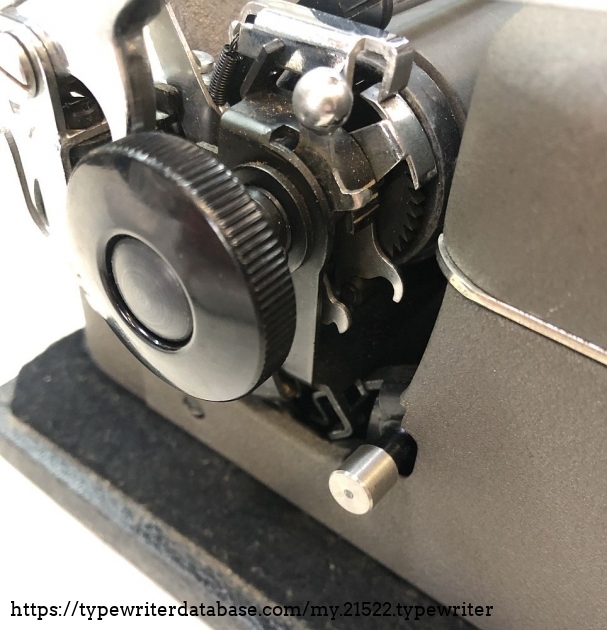
view on the left side, not my machine, view on the lock-mechanism.

Status: Typewriter Hunter
Points: 1007
As a retired product development engineer, I am fascinated by the design of electro-mechanical products in which parts move, make noise and, preferably, radiate a little heat. Most preferred are products that are operated by keys, like typewriters, accordeons and pianos.
My genetics and statistics on lifetime expectancy suggest that it is time for me to let you know about the fantastic design, product engineering and manuacturing skills of the generation before mine. I salute mr. Munk for the opportunity that he has created for me to show it to the world. Okay, a bit bombastic.
Comments? Email me at hreinder1950@gmail.com
